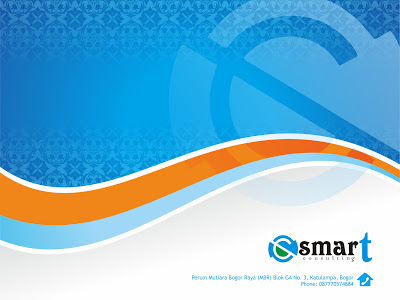The
Analytic Hierarchy Process (AHP) is a structured method for helping
people deal with complex decisions. It provides a comprehensive and
rational framework for structuring a problem, for representing and
quantifying its elements, for relating those elements to overall goals,
and for evaluating alternative solutions. Rather than prescribing a
"correct" decision, the AHP helps people to determine one. Based on
mathematics and human psychology, it was developed by Thomas L. Saaty in
the 1970s and has been extensively studied and refined since then. It
is used throughout the world in a wide variety of decision situations,
in fields such as government, business, industry, healthcare, and
education. Its most general framework applies to decision making with
dependence and feedback and with benefits, opportunities, costs and
risks synthesized using strategic criteria with sensitivity applied in
determining the stability of the outcome.
The AHP/ANP use main core
mathematics to derive priorities by making comparisons using the idea of
dominance both for criteria, subcriteria and alternatives. It is
validated in practice when actual measurements exist or when answers can
be derived probabilistically. Thousands of applications around the
world have been made using the AHP, not only by researchers but by
practitioners, particularly those who allocate resources to projects, to
vendors, and to military operations. Dozens of books have been written
on the subject along with more than five thousand published articles in a
diversity of languages.




